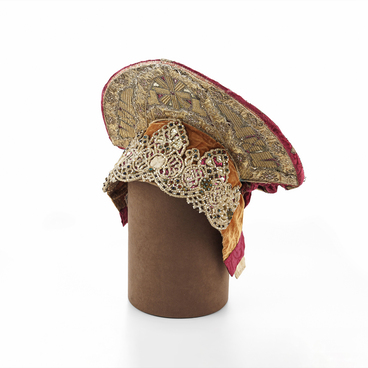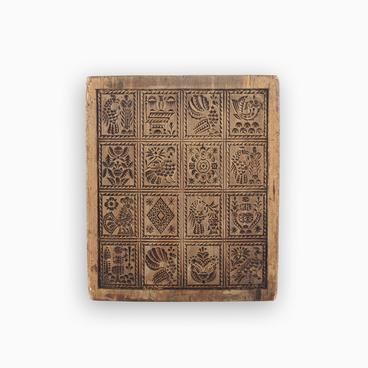Chest
To this day, the role of the ornamental pattern is extremely important. The artisan always faces the task of taking into account the peculiarity of the material, harmoniously connecting the pattern with the shape of the object.
The chests were needed to store jewelry and other items of women’s toilette. Such chests decorated the interiors of royal terems, palaces, mansions of the nobility, houses of the townspeople and wealthy peasants of the Russian North. Carved bone items were constantly becoming more popular among various strata of society. Depending on the purpose of the item and its consumer, they were either simple, with modest décor, therefore quite cheap; or more sophisticated both in artistic design and execution. Ornament played an important role in determining the ‘artistry’ of bone artifact.






